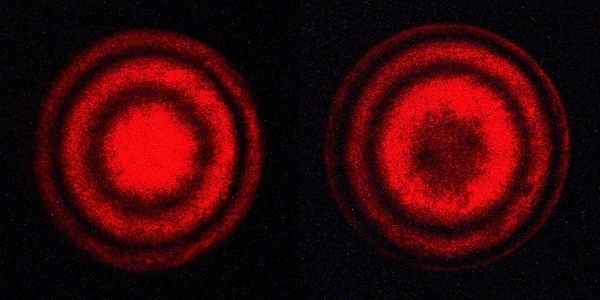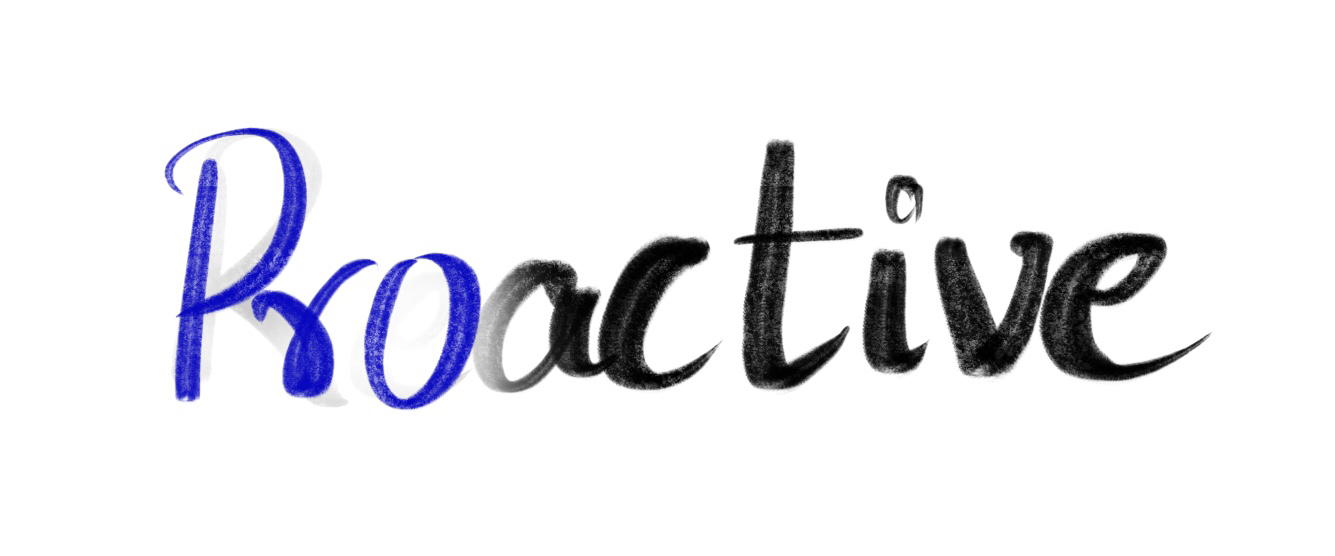Michelson Interferometer in Optics Lab
In 3rd Semester, we did a Course on Optics (PHY224) where we had a 3-hour lab twice a week. Throughout the semester, we did some already designed experiments. The lab experience was really cool. But the best part was the one experiment we were allowed to choose by ourselves. For the last two weeks (a total of 12 hours) we could design and conduct an experiment by ourselves.
I had watched Veritasium’s video on schlieren imaging and that piqued my interest. Though it would have been a fun experiment to do, it was just a demonstration and not really an experiment where we are trying to measure some quantity and report the findings. Upon some discussion with the Professor, I finally settled on Measuring Temperature of Refractive Index of various Liquids. In spirit, this is not too far away from Schlieren imaging, but is also different in a sense as well.
I set up a Michelson’s interferometer. For the uninitiated, you can watch the first 40 seconds of this video which is available on the LIGO Caltech website. I obviously didn’t need gravitational waves. All I needed was varying temperature of the fluid. My setup was a tiny bit different from the one in the above video for I had a lens right before the laser hit the beam-splitter. The idea was to have a long transparent container with the desired liquid in there along one of the arms of the interferometer. Thus even if the geometric path length of the light from the two arms is same, the optical path length would be different. And with changing refractive index of the fluid in the container, the optical path length would also change. Thus we will have changing path difference between the light that gets on the screen and thus varying patterns.
Below I have included a paint-made image of the setup I used:

This looked not easy but simple. Was straightforward at first. But there is more in it than what meets the eye. The first issue we ran into was How to heat up the fluid in the container? After much deliberation we decided we will instead heat it up first and then let it cool and observe how many circular fringes collapse for each degree Celsius change in temperature. But it was not going to be so quick. We were told that the glass container we were using would not be able to withstand temperature higher than ~65°C. According to the person in the lab, the glue that kept it together would give way. So for more than 2 days, we tried to solve the problem. We tried Tape Heater, some other devices I didn’t know how they worked and many more. We also tried to get one container made for ourselves from the Glass Blowing Center at IITK. But they could only make tubes. Was not possible to have a closed container that can store the fluid in. On the very last day, we finally heated up the entire thing. The fluid in it and the container all went to the burner. Of course, it could have shattered but a lot was at stake. And if it were to work, we could be on a roll. So it was worth a gamble. And the gamble paid off.
The container stood much beyond 65°C. In fact, it was intact till 120°C and I didn’t raise the temperature further so I can’t say when it would have shattered. It was a moment of joy. A moment of triumph. I remember telling a friend something on the lines of Though this was frustrating at times, I don’t mind doing this kind of stuff for the rest of my life. And he agreed. I did this for Water and for Chloroform (Chloroform is volatile. Very difficult to raise the temperature). I didn’t have time to do it for more fluids. But this summer, I think I will be able to find some time and do the same exercise for a few other liquids as well. Meanwhile, one should take some time to appreciate Michelson’s interferometer. It is so versatile and gives great precision. And the beautiful fringes (The image below) on the screen are a plus. The beauty is in simplicity. Though setting it up might be an arduous task, the rewards are well worth it and more.

The following quote is attributed to Michelson. The eminent physicist that he mentions is most likely Lord Kelvin. Thus, there is a similar quote attributed to Lord Kelvin as well.
While it is never safe to affirm that the future of Physical Science has no marvels in store even more astonishing than those of the past, it seems probable that most of the grand underlying principles have been firmly established and that further advances are to be sought chiefly in the rigorous application of these principles to all the phenomena which come under our notice… An eminent physicist has remarked that the future truths of Physical Science are to be looked for in the sixth place of decimals.
It is kind of ironic how something that bore his name helped prove his assertion wrong. This is one of many reasons why physics and humans in general will always remain unbelievably fascinating.



